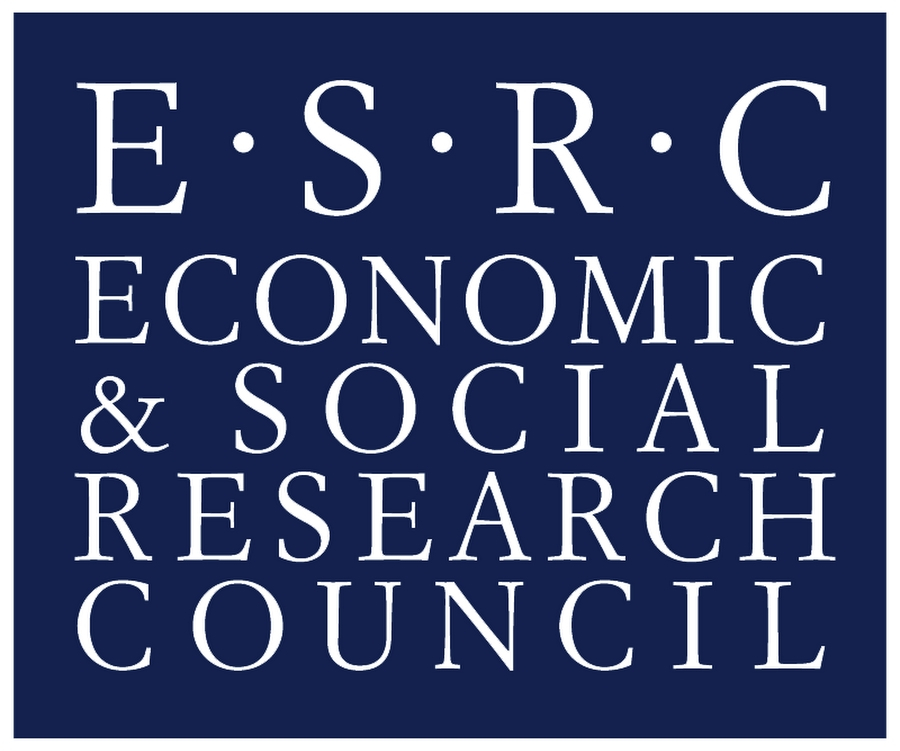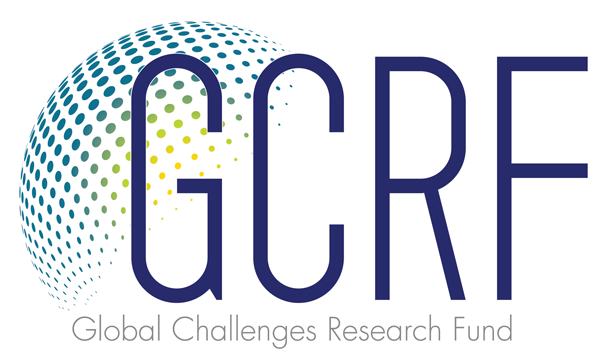
In this week’s blog, Paul Shaffer of Trent University explores Angus Deaton’s ‘sinister view’ on income inequality in the US.
It is widely recognised that income inequality in the US has risen since the early 1980s. A large literature has developed with conflicting explanations of the rise in inequality. One useful way of sifting through the many explanations on offer has been proposed by Angus Deaton who argues that:
“There are two different explanations for the divergence between median and top incomes, and it matters a great deal which one is correct. The first attributes it to impersonal and unstoppable processes such as globalization and technological innovation, … The second explanation is more sinister [my emphasis]. It holds that median-income stagnation is actually the direct result of rising incomes and wealth at the top. In this account, the rich are getting richer at the expense of everyone else …”
‘Sinister’ explanations begin with the shift in the ideological, political and institutional context in the US following the Reagan years of the 1980s (for example, Stiglitz (2012), Reich (2015), Baker (2016), Furman (2016) and Lindsey and Teles (2017)). Ideologically, there was a shift in the political spectrum in favour of freeing markets, the so-called ‘neo-liberal’ turn, and a roll back of the state. Politically and institutionally, large corporations, and wealthy individuals, have had greater sway to shape the rules of the game, policy and enforcement and in ways which benefit them, but also increase inequality.
The mechanisms through which such influence is wielded include, inter alia, campaign financing of legislators, judges and attorney generals, lobbying, litigation, public relations campaigns and other initiatives to sway public opinion undertaken by think tanks and the media (see Reich 2015, pp. 12, 78). Three economic effects of these changes have been growing concentration in many industries, monopoly in product markets due to far-reaching patent protection and monopsony in labour markets (see here and here).
Many of the themes which appear in the ‘sinister’ account of rising inequality in the ‘standard’, or non-heterodox, economic literature have somewhat surprising resonance with an older sociological approach to inequality drawing on Marxian-inspired notions of exploitation and Weberian notions of social closure. These themes converge in the late sociologist Charles Tilly’s account of durable inequality with its focus on exploitation and opportunity hoarding as the two primary mechanisms of inequality generation. While the economic literature and Tilly’s account of inequality differ in some ways, they do cover quite similar ground.
The healthcare sector in the US provides an example of this convergence. The ‘sinister’, Tillyian analysis of exploitation in the form of wage suppression of registered nurses in the hospital sector and excessive prescription drug costs in the pharmaceutical sector due to opportunity hoarding represents a meeting ground of different traditions to the study of inequality with analytical power in explaining recent development in the US.
Related reading
| Working Paper 17 | Paul Shaffer | Explaining the Rise of US Inequality: a ‘Sinister’ View (PDF) |

